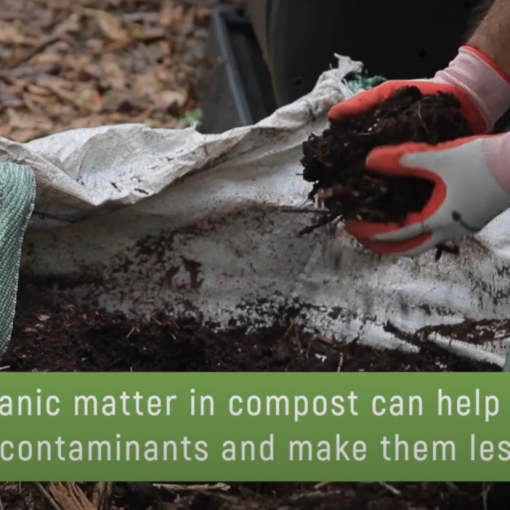By Hunter Bradshaw
It’s a dirty world out there, and it turns out some dirt is dirtier than others. The question is, how does one clean up this dirty dirt? Polluted soil can be somewhat rinsed or transported to a containment area to be sealed away. However, these approaches are not ideal because they are expensive and energy-intensive. One solution that has potential to be an economic and effective remedy for this problem is fungi. This process of using living organisms to manage pollutants is termed bioremediation, and I am trying to harness fungi to degrade a group of chemical compounds called polycyclic aromatic hydrocarbons (PAH’s). This is possible because of the vast diversity and functionality in the fungi kingdom. The kind of fungi I am interested in is adept at breaking down lignin, a sturdy compound abundant in wood. The chemical structure of lignin is similar enough to that of PAH’s that the substance the fungi excretes to break down the wood, more specifically an enzyme, also affects the pollutant in a similar fashion. Stimulating and exploiting this reaction for the use of biodegradation is the main goal of this project.

The first step is finding a fungus that fills all the necessary requirements. Not only must the fungus be able to breakdown compounds resembling lignin, but it also has to be able to grow and thrive among the pollutant itself. The search for the fungus started at the point of origin, a closed wood treatment site in Virginia, which is now an EPA superfund site. The reasoning is that if we look for fungi in PAH-polluted soil, then whatever we find must be already resistant to the pollutant. Before the fungi in the soil can be identified, they must first be grown and isolated into single species colonies. Once this is done, the family or species of the fungus is determined by matching the DNA sequence of the unknown samples to DNA of known samples in a database.

Currently, I am investigating whether adding wood, and if so what kind, along with the fungus will help enhance the bioremediation effects. The breakdown of PAH’s by fungi is basically a side effect of the organism trying to decompose wood. The supplementation of wood onto a polluted site may get the fungus’ “juices flowing”. The goal of my experiment this summer is to measure the amount of this “juice”, or rather the enzyme responsible for degrading wood and PAH’s. Comparing the levels of this chemical between different fungi and wood combinations will reveal if wood supplementation is beneficial, and if there is a type of wood that is more helpful than others.
I am excited about this research because it is allowing me to fulfill my goal of creating and conducting my own experiment. The training and guidance I have received from Lauren Czaplicki and Claudia Gunsch at Duke, as well as from mentors at both my college and high school have prepared me to take advantage of the opportunity the Duke Superfund Research Center is providing me. This experience has reinforced my determination to help clean up our environment as well as give me the confidence to take on tasks I wouldn’t have previously thought I would be capable of doing.






